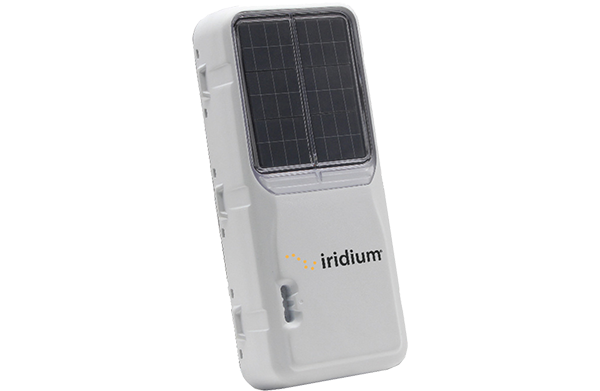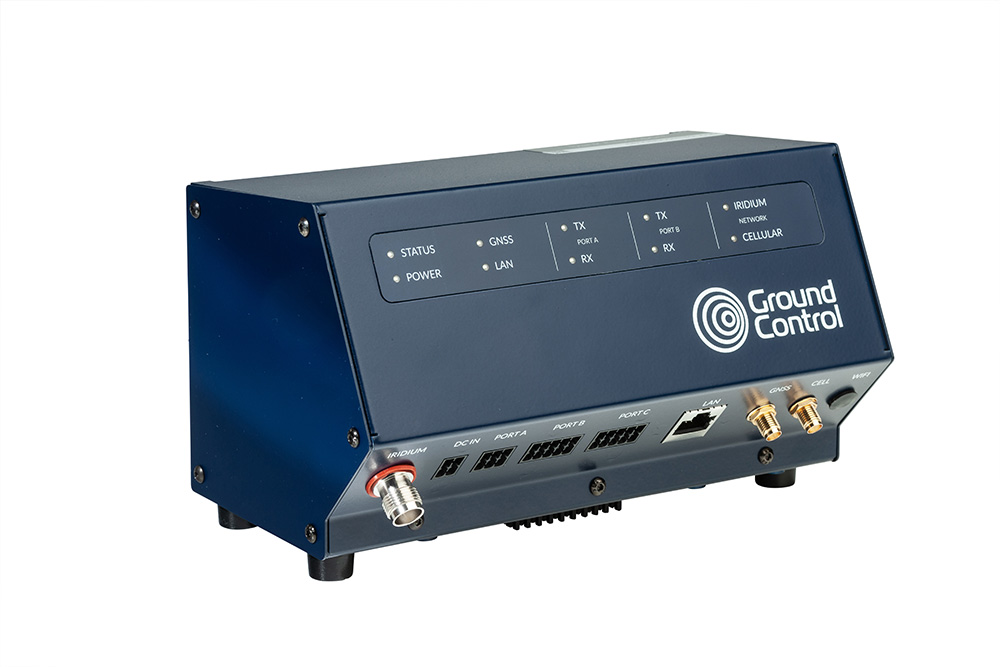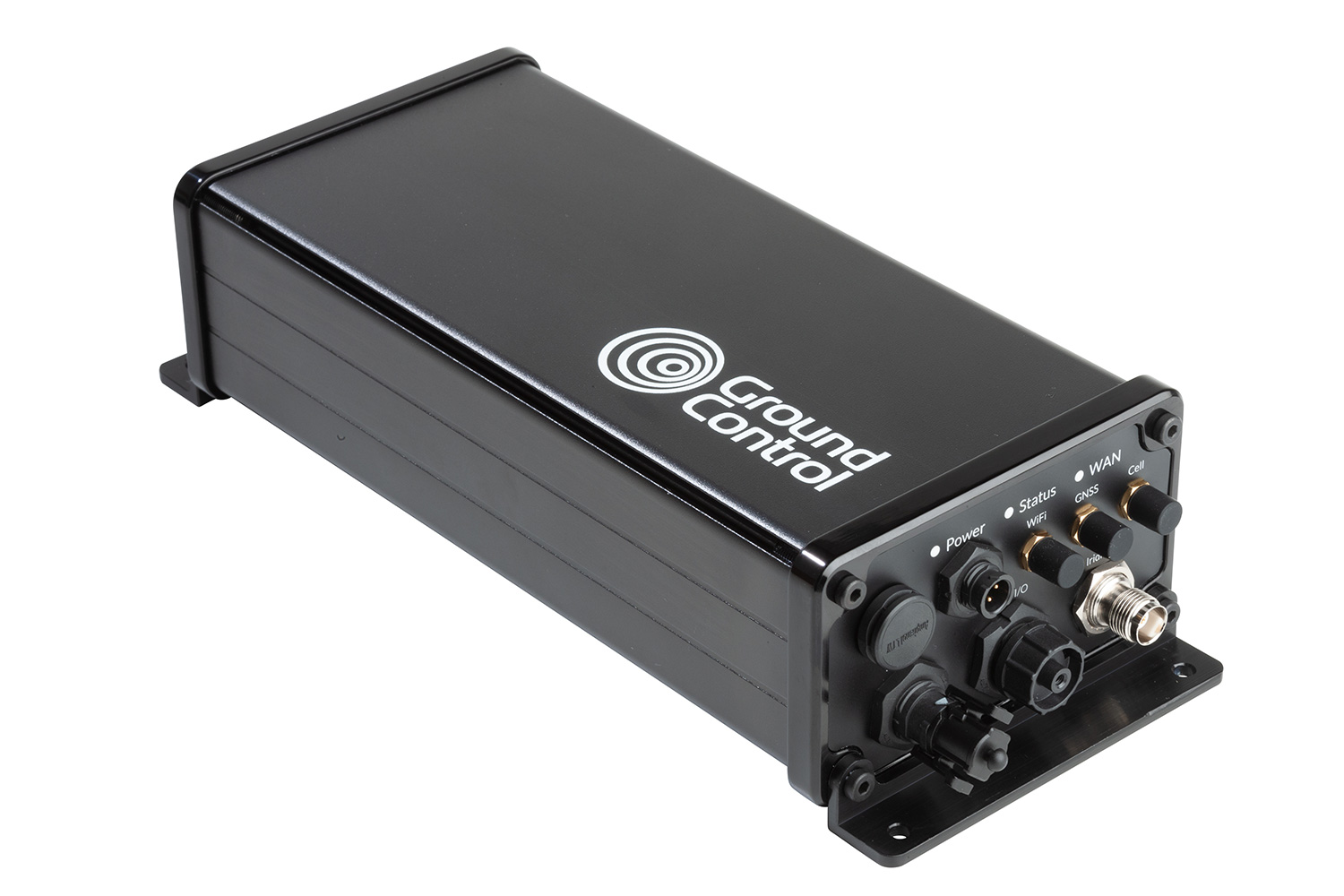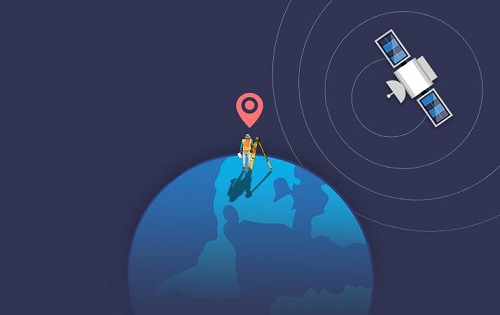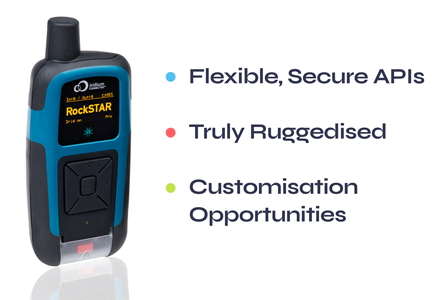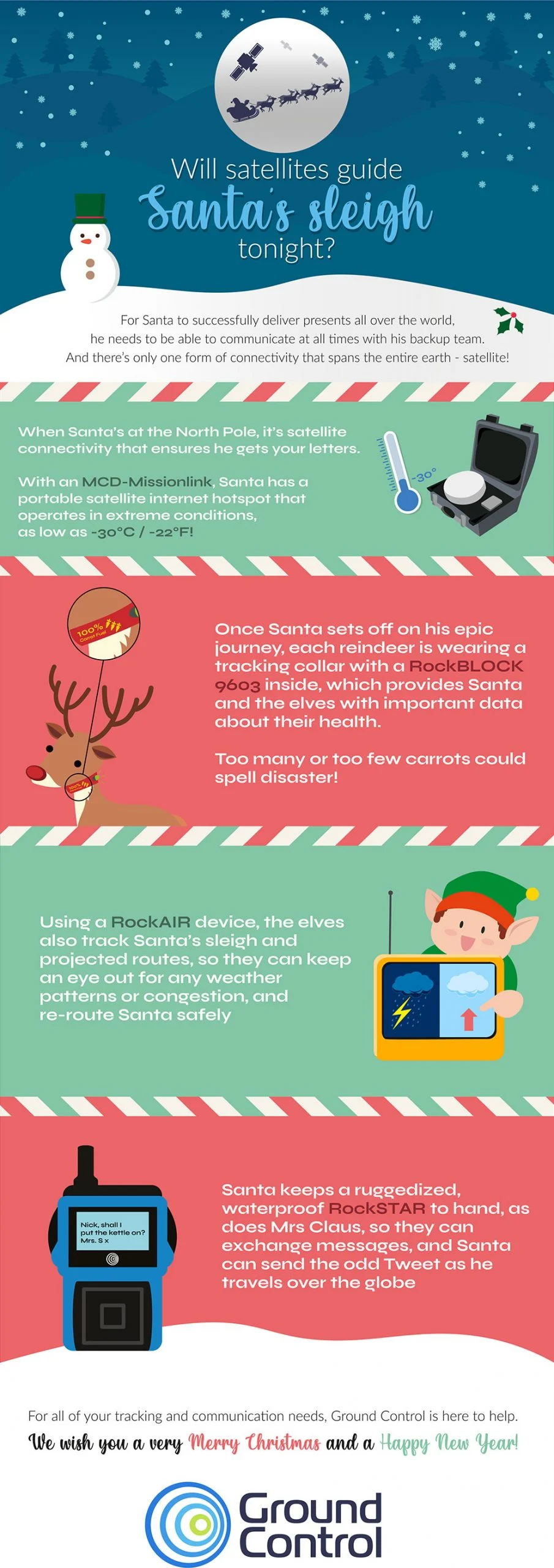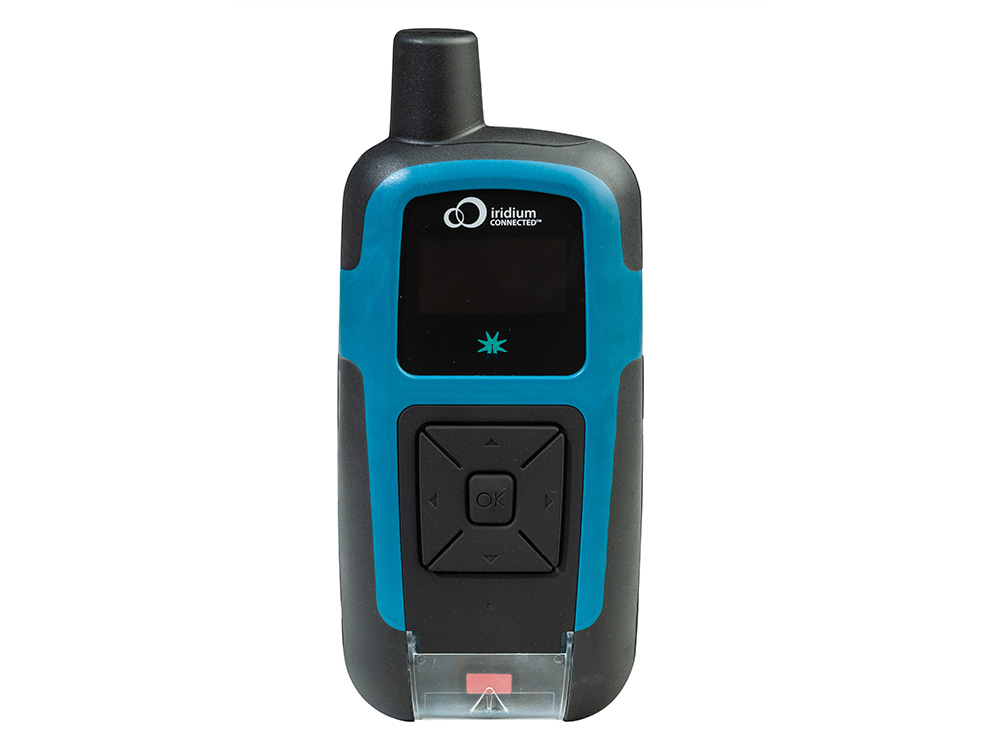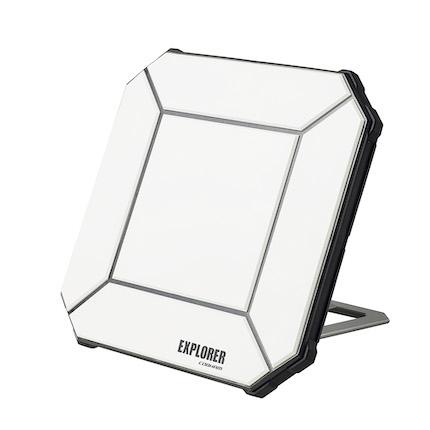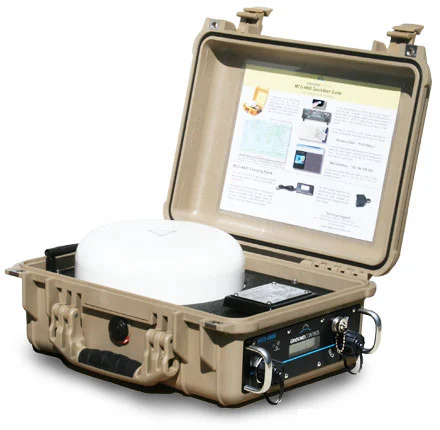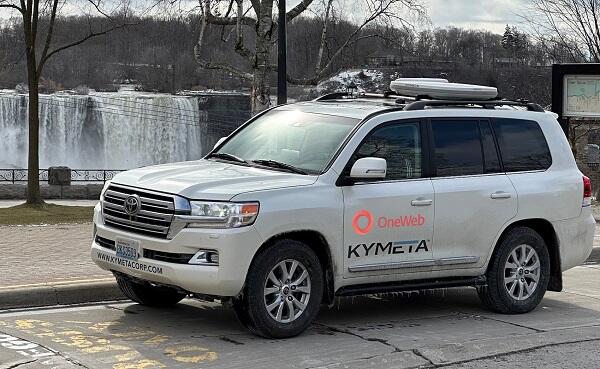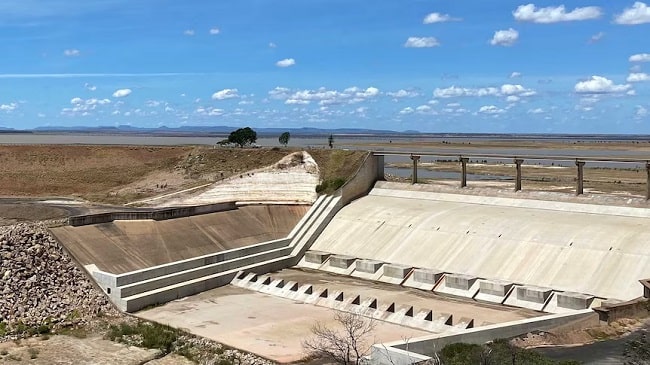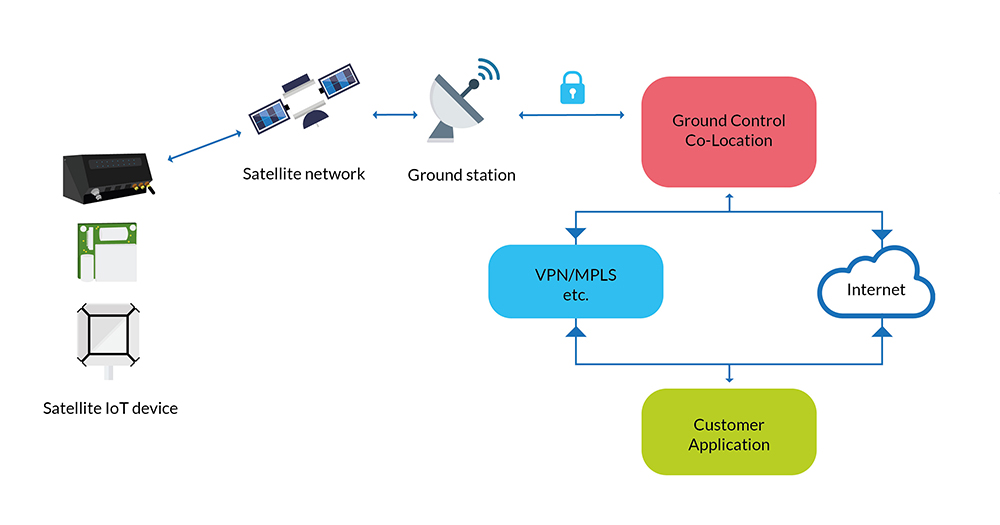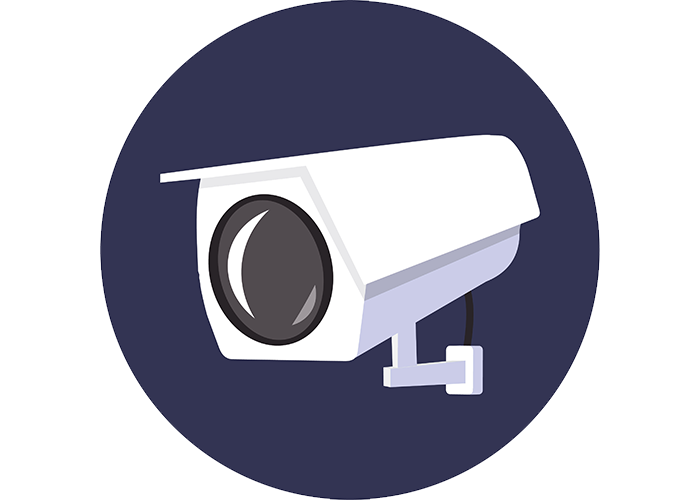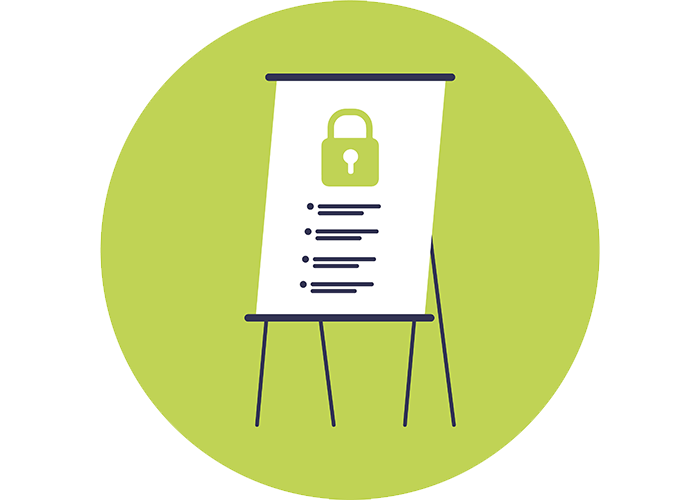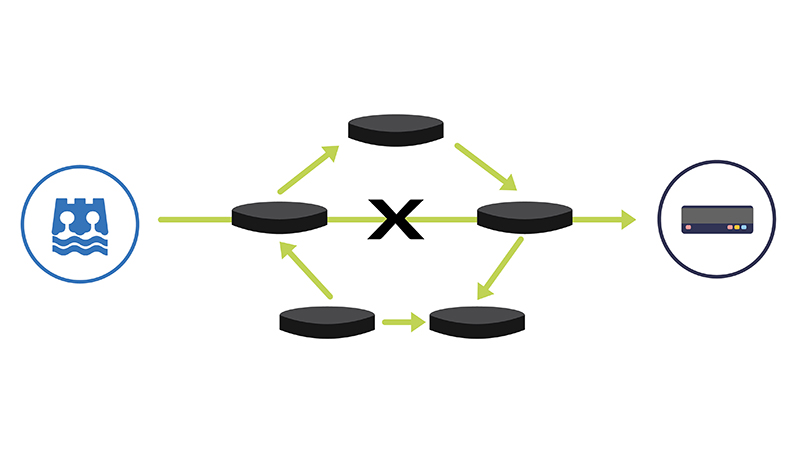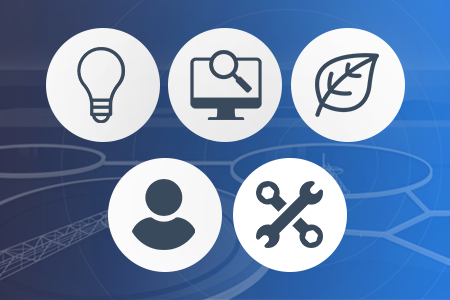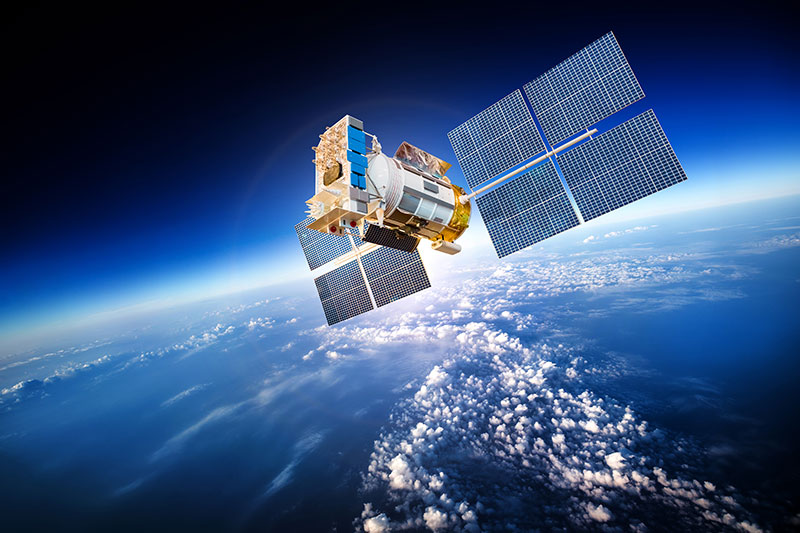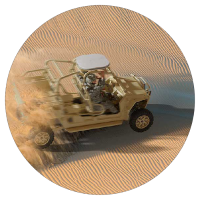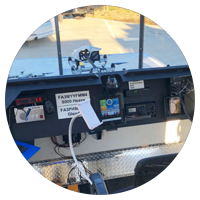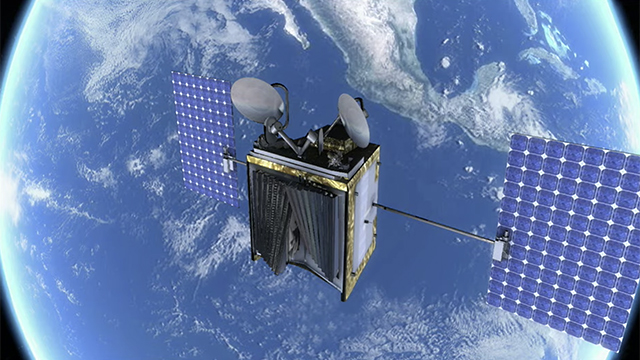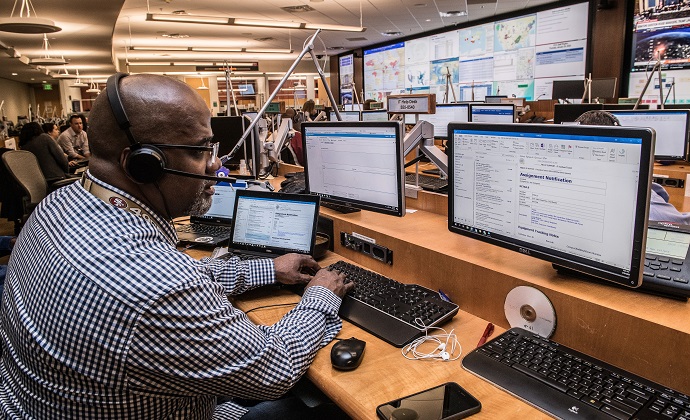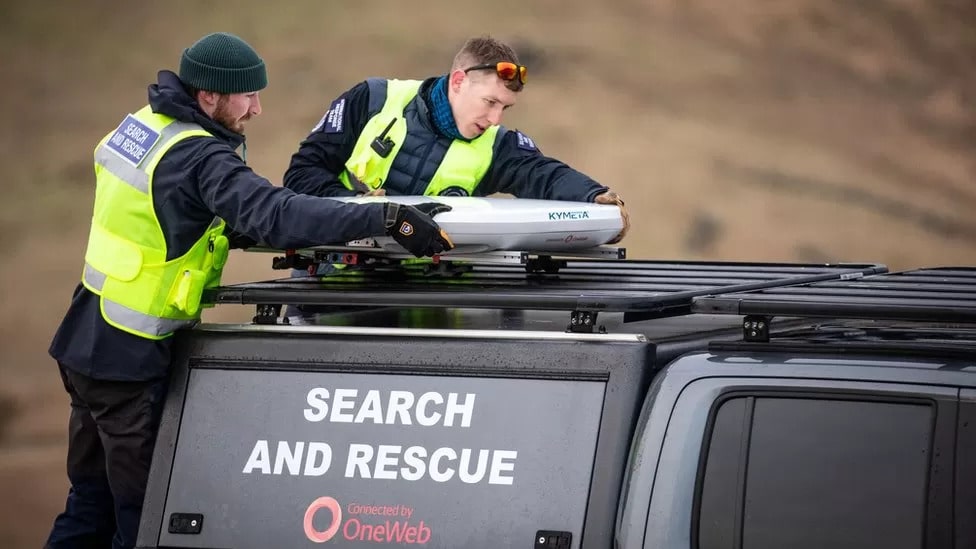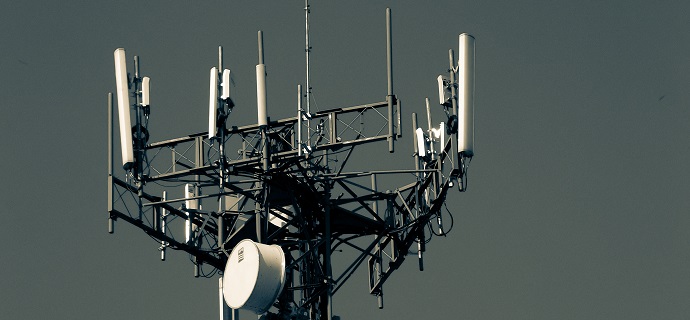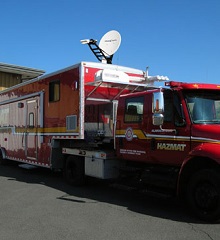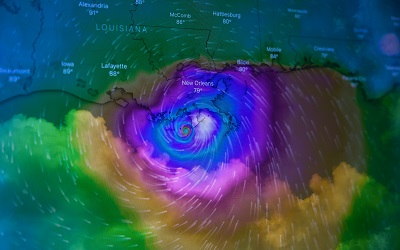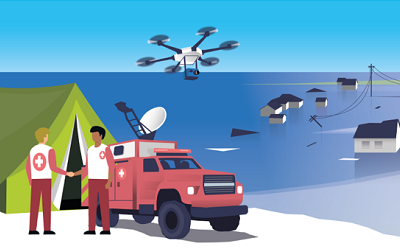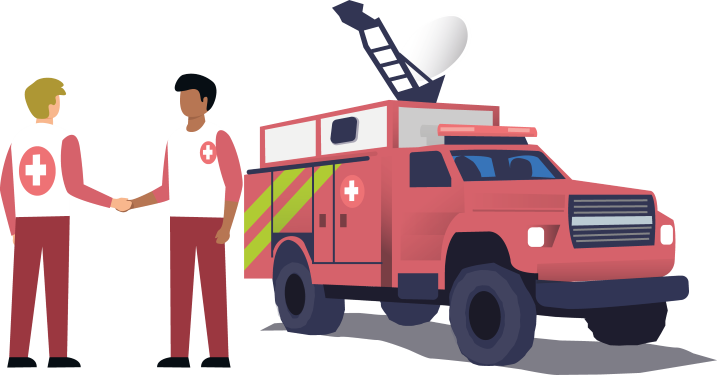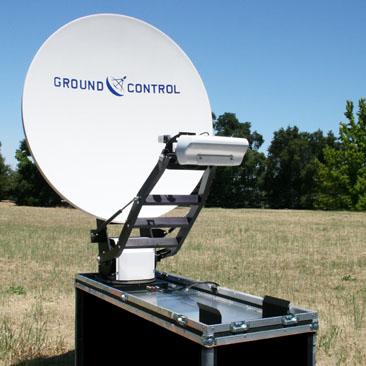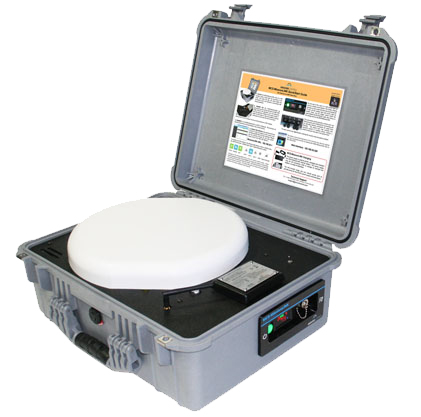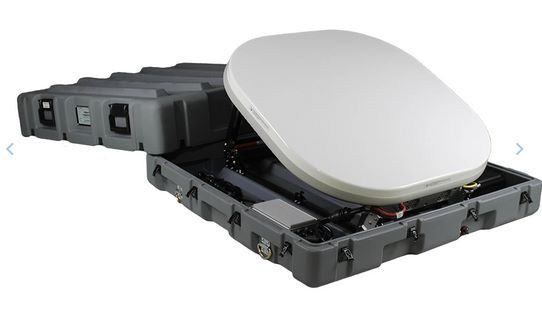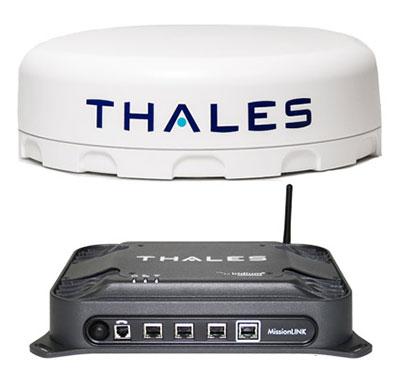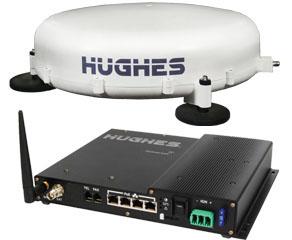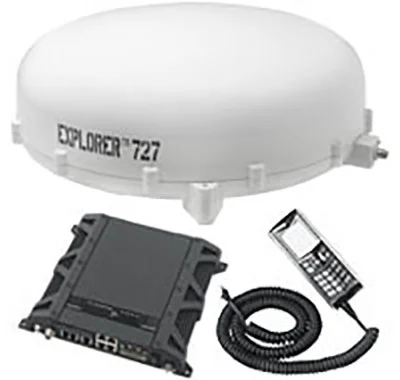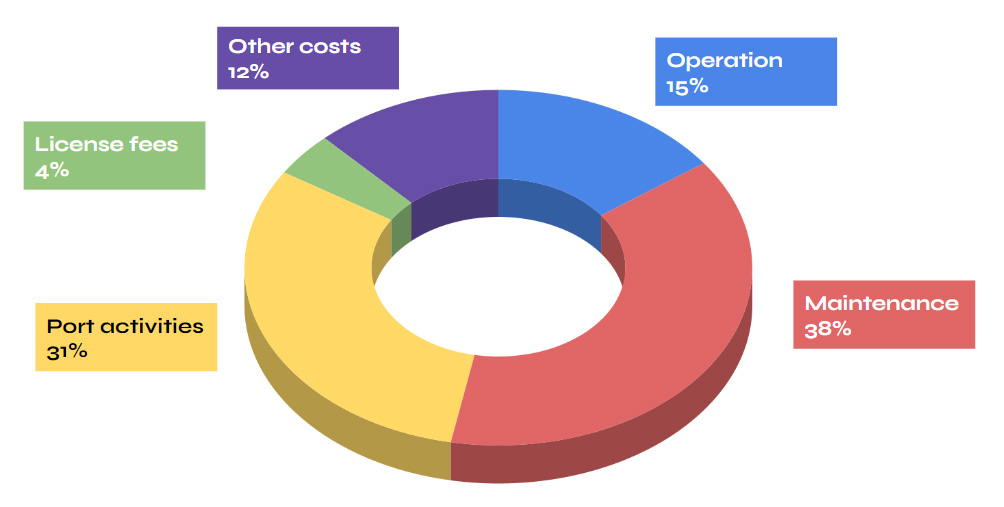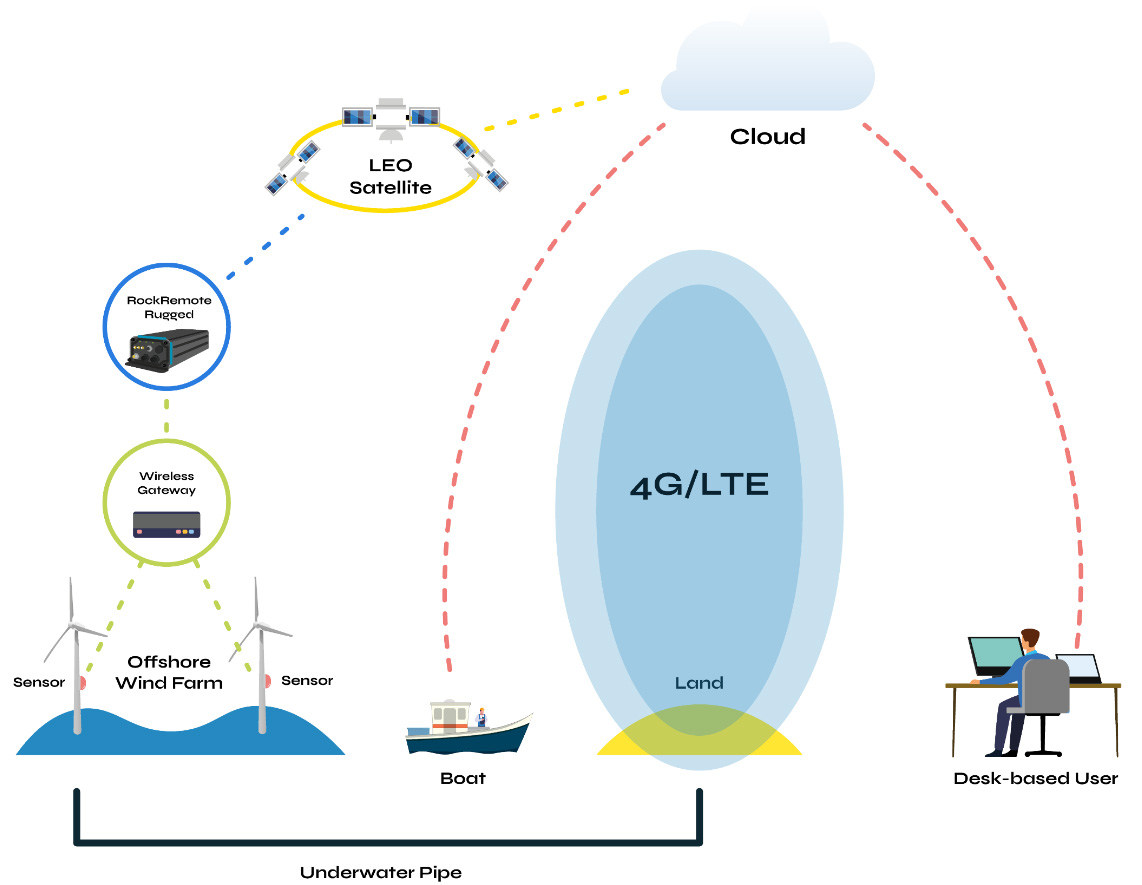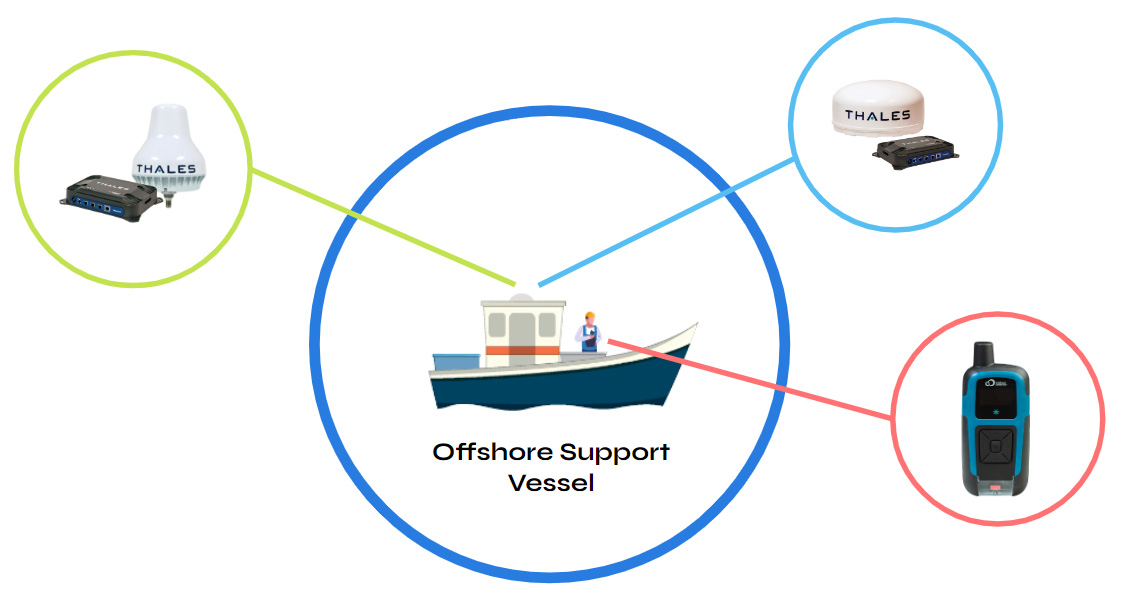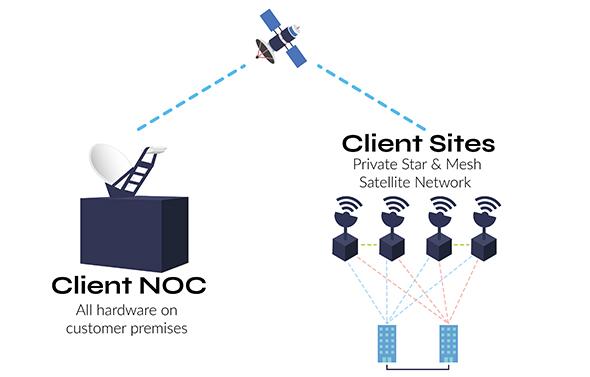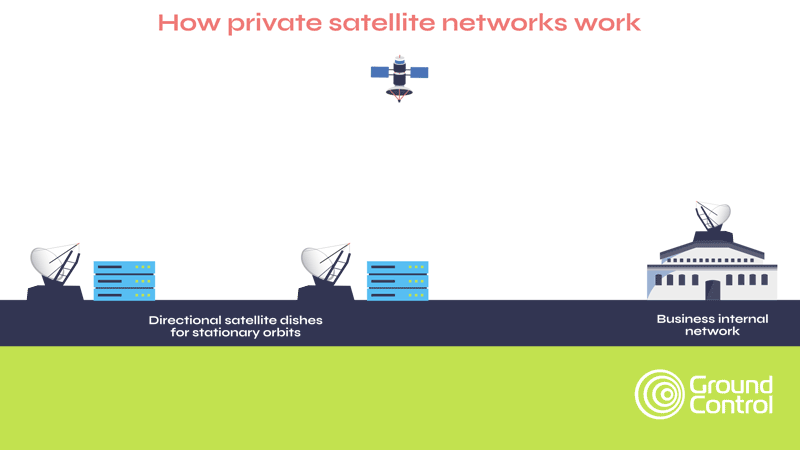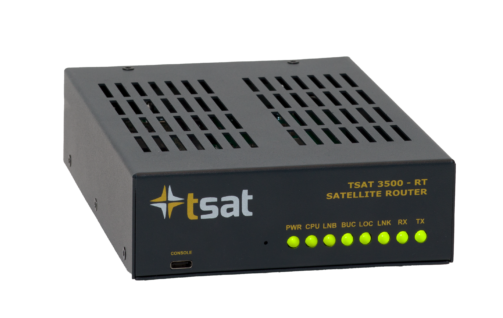Construction companies operate a diverse range of costly machinery and tools crucial for project success. Delays in locating or maintaining these assets can lead to disruptions, missed deadlines, and tripled costs due to unplanned maintenance.
LoJack’s recent study pinpoints the most stolen equipment as wheeled or tracked loaders, towables, excavators, trailers, and utility vehicles. The National Equipment Register underscores the financial impact, averaging $30,000 per theft incident. In short, asset tracking is integral for risk mitigation in construction.
However, traditional asset tracking methods often prove inadequate for the demands of the construction industry, which, according to McKinsey, has historically lagged in digitization. Relying on manual record-keeping and periodic inspections, firms have limited real-time visibility into assets’ location and their status. Manual tracking, often paper-based or spreadsheet-driven, becomes time-consuming and error-prone in the fast-paced construction environment, where assets frequently relocate. Inaccurate, untimely tracking data then challenges resource optimization, leading to under-utilization, and increased inefficiencies, and leaves construction sites vulnerable to theft and unauthorized usage.
Satellite connectivity emerges as a crucial solution for construction asset tracking, particularly considering the diverse and often remote locations of building projects. Only about 15% of the Earth’s surface is covered by terrestrial networks, and construction sites are notorious for poor cellular service. In remote or challenging terrains, where theft and accidents are exacerbated, satellite connectivity becomes key for effective asset tracking and monitoring.
Benefits of Satellite Asset Tracking
PROMOTING WORKER SAFETY
Satellite asset tracking is crucial for ensuring safety on construction sites, where inherent risks demand proactive measures. By offering real-time location insights, this technology acts as a guardian, facilitating swift responses in emergencies. Improved safety is evident as satellite tracking provides constant information about the location of workers and equipment, preventing accidents and ensuring a secure environment. So much so, that a recent study revealed a remarkable 14% reduction in accident costs for construction companies after implementing asset tracking solutions.
Moreover, specialized alerts on personal tracking devices, such as the RockSTAR, contribute to enhanced worker safety. For instance, the timer alert allows workers to set a specific time interval. If there is no further interaction with the device within that time, the RockSTAR automatically sends a ‘timer alert’ to the server or first responders. This feature adds an extra layer of protection by ensuring timely response in situations where immediate action might be required.

COUNTERING EQUIPMENT THEFT
The construction industry faces a substantial issue — equipment theft, costing an estimated $1 billion annually. A recent survey underscores the severity, with 21% of industry professionals reporting weekly incidents of theft. Beyond financial losses, these thefts lead to project delays, shutdowns, and pilferage of raw materials.
Fleet tracking emerges as a powerful deterrent against the risk of asset theft and unauthorized use. Any unauthorized movement can trigger immediate alerts, facilitating prompt intervention, and enabling teams to alert authorities to the location of stolen assets. This also increases the chances of recovery.
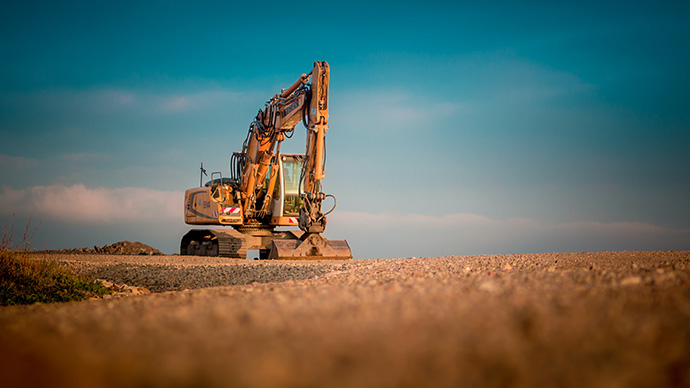
STREAMLINING OPERATIONS
Investments in heavy machinery and fleet vehicles constitute a substantial portion of operational costs. Satellite fleet tracking software serves as a powerful tool, centralising data and offering nearly real-time insights into asset utilization from any location. This efficiency translates to precise payroll and cost projections, providing construction companies with accurate work times and utilization reports.
Moreover, asset tracking facilitates efficient inventory management by supplying accurate data on tool and material availability and usage. Additionally, asset tracking systems aid construction firms in regulatory compliance by maintaining precise records of equipment usage, maintenance, and inspections — a crucial aspect for audits and compliance adherence.
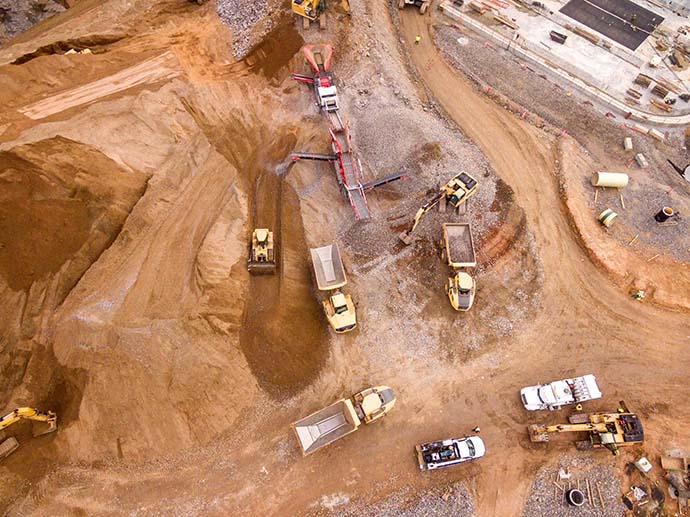
EQUIPMENT UTILIZATION MONITORING
Satellite fleet tracking plays a pivotal role in Equipment Utilization Monitoring (EUM) for the construction sector. With 45% of construction businesses identifying resource management as a challenge, real-time visibility through satellite tracking could prove valuable. Project managers gain instant insights into the location and status of construction assets, facilitating optimal deployment and utilization across various worksites.
This not only enhances worksite productivity but also addresses the challenges of delivering projects on time and within budget, making satellite fleet tracking a key component for effective equipment utilization monitoring in the construction industry.
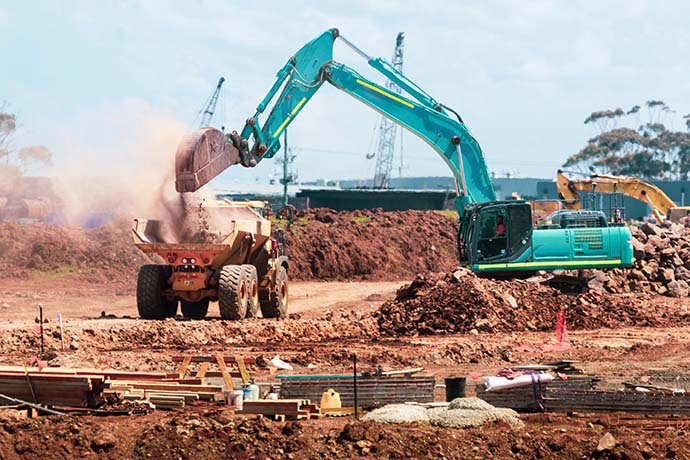
PROACTIVE MAINTENANCE
Satellite tracking enables firms to conduct proactive maintenance, offering substantial benefits such as cost savings from reduced unplanned equipment breakdowns and minimized repair expenses.
The high adoption rate, with 76% of construction companies utilising fleet tracking and 73% deeming it extremely valuable, underscores its efficacy. The advantages include reduced downtime, improved equipment reliability and availability, lowered long-term maintenance costs, enhanced safety, and increased equipment longevity. This technology facilitates a proactive approach to maintenance, ensuring construction companies achieve optimal performance, mitigate risks, and realize substantial financial savings in the long run.
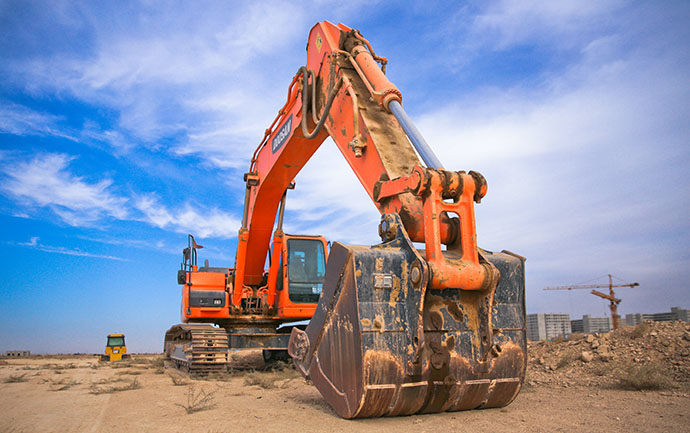
Satellite Trackers for the Construction Industry
Meet the Iridium Edge Solar
The Iridium Edge Solar is a great choice for those in the construction sector due to its ruggedized, solar-powered, and two-way communications capabilities. Specifically designed for long-term deployment in remote areas, it boasts remote configuration capabilities and military-grade packaging, making it an ideal solution for asset management in challenging construction environments. With real-time GPS tracking and local wireless sensor and communication capabilities via Bluetooth, it provides comprehensive visibility into the location and performance of construction equipment.
Its 10-year deployable lifespan aligns perfectly with the extended timelines often associated with construction projects. By utilising Iridium Edge Solar, construction companies can optimize the efficiency, safety, and productivity of their sites. The device facilitates real-time tracking of equipment locations, proactive monitoring of performance to identify potential issues, and immediate alerts to operators if the equipment is being used in a risky manner. Additionally, it enables data collection for refining safety procedures and training.
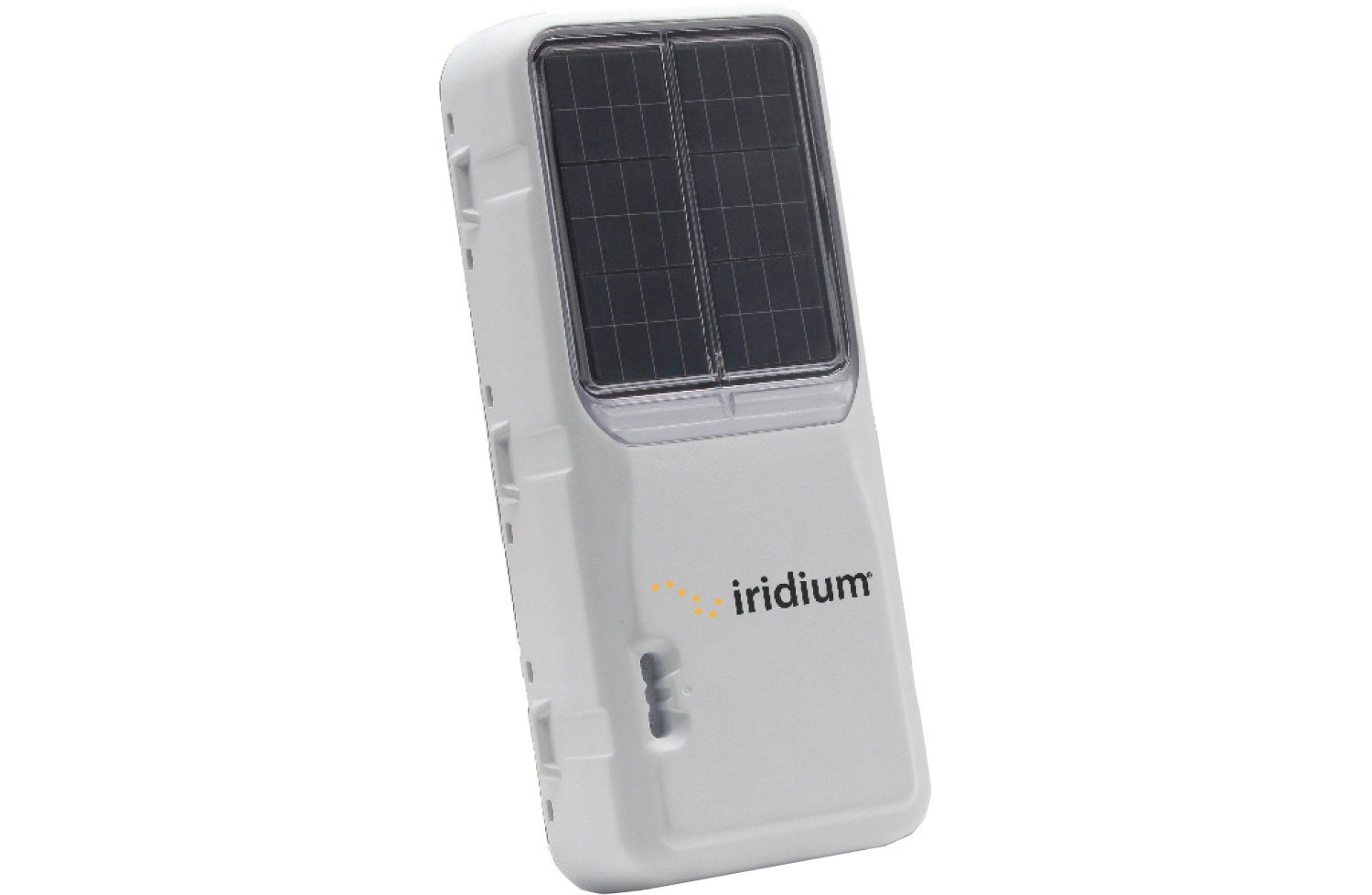
Introducing the RockREMOTE range
The waterproof RockREMOTE Rugged, boasting an IP67 rating, enables firms to monitor and manage remote assets like mobile generators, ideal for critical communication in remote scenarios. Customers have flexibility, choosing between Ethernet, Wi-Fi, or Serial RS232/485 for communication interfaces.
Both devices support dual-mode Iridium Certus satellite connectivity combined with LTE, providing the construction industry with robust and globally accessible asset tracking capabilities.
Ready to Build Smarter?
